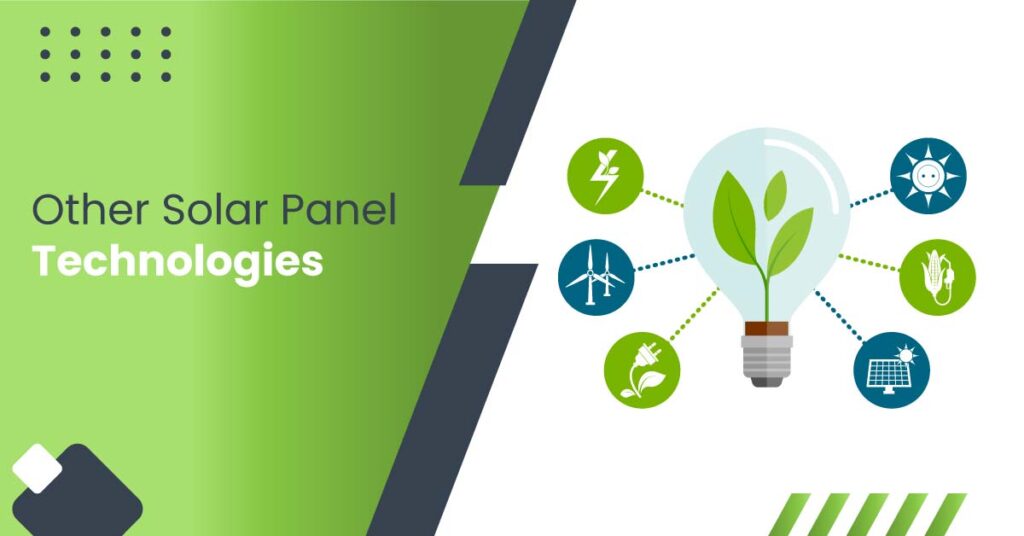We’ve all heard of solar energy, solar panels, and self-consumption batteries in the last several years, but do we actually understand how they work? Why do we use alternating current instead of direct current in our homes? The answers to these issues, which we’ve pondered many times, are more affordable than you may anticipate.
Sunlight hits solar panels, which subsequently transform them into electricity for our homes. This photovoltaic transition is how solar energy is produced. This blog will describe how a home solar panel system harvests energy from the sun.

Solar panels harness the sun’s ray
The installation of the solar panels is crucial, as they will be responsible for commencing the process of producing and converting solar energy into electricity. A typical solar panel consists of monocrystalline or polycrystalline silicon panels encased in an aluminium frame and doubly encapsulated in glass.
When sunlight hits a panel’s thin silicon layer, it knocks electrons off the silicon atoms. The negatively charged electrons are drawn to the positive part of the silicon cell. This generates an electrical current caught by the solar panel’s wiring at the bottom.
Photons (light particles) contacting the electron in the last orbit of a silicon atom receive an energy charge. If the charge is more than 1.2eV, the electron exits its orbit, goes through the solar cell and enters the conversion box. The photovoltaic effect means that as more sun rays contact the solar panels, more electrons are released, creating more energy. To maximize the amount of sunshine hitting our panels, we must put them in the optimal direction.
Solar panels produce electricity at varying rates. Depending on their efficiency and quality, CdTe can capture shorter wavelengths. The better plates can absorb more energy in the same exposure period. This improved efficiency will allow us to store more energy or use less energy from the grid if we don’t have enough panels to self-consume.

Other Solar Panel Technologies
Crystalline silicon is the most common material used in solar panels; however, there are a few other types of solar panels that can generate electricity from the sun’s energy as well. Thin-film panels encompass all of these solar technologies, although they only account for a small portion of the total market for solar energy.
For now, silicon solar panels rule the roost when it comes to solar power, but that could change in the future.

Cadmium Telluride (CdTe) Solar Panels
Typical solar panels can be replaced by CdTe panels, which are less expensive than silicon panels. This is mainly due to its low energy efficiency and the fact that its recycling generates several worries among environmentalists.
Their unusual material composition also prevents mass production. However, CdTe panels absorb more energy than silicon panels because they capture sunlight at a shorter wavelength.

Copper and Indium dieseline-based Solar Panels (CIGS)
CIGS panels have better efficiency than CdTe panels due to their copper-based technology, making them an excellent choice for the future. Future generations will be unable to benefit from this technology because of its prohibitive production costs.

Organic Photovoltaic Cells (OPV)
Thin layers of organic vapour are used instead of silicon or copper in OPV cells to generate electricity from sunlight. OPV cells have yet to be widely adopted because of their low efficiency and short lifespan.

How can Solar Power be Generated
Direct current is the electrical current that results when stray electrons are gathered in separate panels (DC). Alternating current is the type of electricity we use to run our smartphones, computers, electric vehicles, and the lights in our homes (AC). As a result, if the solar panels’ electricity is to be used, it must first be converted to alternating current.
String inverters, micro-inverters, and power optimisers all perform the same broad job of converting DC electricity to AC electricity, yet they are all termed inverters. It is possible to use the electricity in your home or the electrical grid immediately after it has been converted.
We hope that our explanation of how solar panels generate electricity has been helpful, and we encourage anyone interested in learning more to plan the solar panel installation process and guide. We’ll be happy to answer any questions you have in the comments section, or you may directly contact us at….. Our all solar panel installation services are available in Sydney (NSW).

